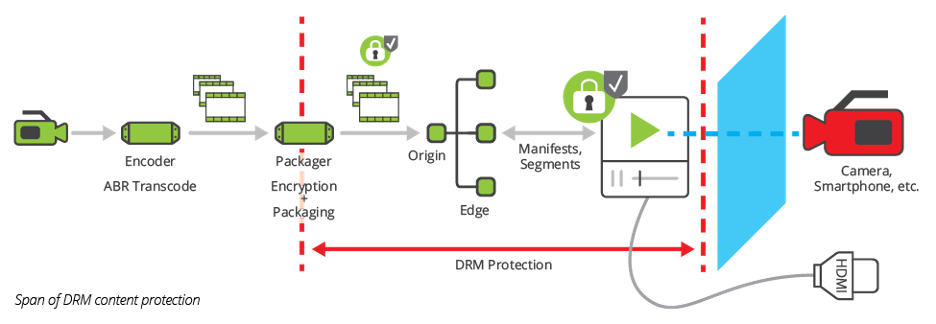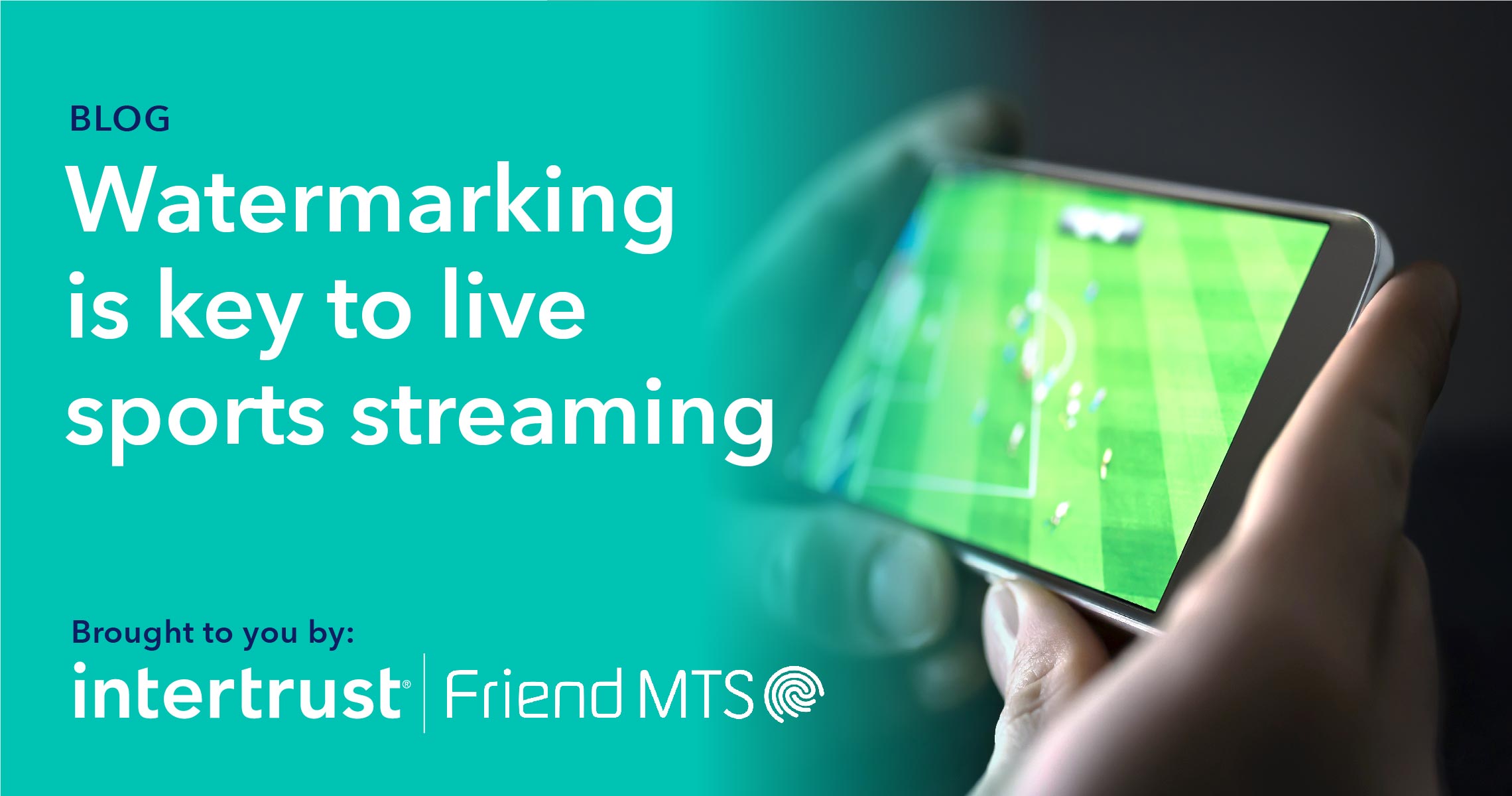By Alan Ogilvie – Lead Product Manager, Friend MTS
By now, we know the statistics. Video pirates have become the greatest threat to content, revenue and brand for live sports organisations and streaming services around the world. Overall, by 2023, the revenue to pirates of pay TV and non-pay TV video is expected to exceed $67 billion worldwide. And even before the advent of COVID-19, the cost of overall online piracy worldwide was projected to hit $52 billion by the year 2022 – not including live sports or pay TV.
Beyond rightful owners losing an enormous amount of revenue, content piracy in the live sports world is a direct threat to sports teams’ sponsorship deals. Because sports organisations are unable to include pirated audiences in their audience estimates, the numbers of viewers are grossly under-reported. These groups stand to lose hundreds of thousands of dollars – more – for every game or match, since audience size is a key basis for sponsorship deals.
Now, as more sports leagues return to action and live programming, pirates who’ve gained traction in entertainment programming during the pandemic continue to target live sports as well. Sports organisations must remain vigilant in spotting ways pirates can exploit weaknesses in delivery systems.
The best defense is a good offense
Today, the baseline minimum standard is for streaming services to employ a combination of digital rights management (DRM) and forensic video watermarking.
Designed to protect content during transit to the consumer’s player, a multi-DRM service protects the legitimate, authorized path from origination of the stream to the point of consumption.
- DRM works by managing the content encryption key exchange between the secured playback device (the player) and the license service.
- DRM defines usage policies for the content and enforces those policies within the player environment.
However, DRM technology is not meant for isolating pirated content, or identifying the content thieves, when content is stolen and made available at a lower price.

Identifying the bad actors
The next step is to protect content once it arrives at its intended legitimate destination. To ensure that playback devices are secure, in comes forensic watermarking. Described simply, a video watermark is an embedded overlay that identifies ownership. Taking up where DRM leaves off, video watermarking can confirm the outermost point of legitimate use. With that information, an organisation can isolate pirated content and identify the “bad actors” – the content pirates.
Information can be embedded in the video itself, at the point of origin, in the Content Distribution Network (CDN) during distribution, or within the player device. Information can include the device IP address, session details, and subscriber identifier.
Selecting the forensic watermarking type to meet your needs
Video watermarking comes in two key types when inserting the payload, either on the client device (client-composited) or directly at the server-side (A/B variant). At Friend MTS, we have developed these to be particularly strong and effective in protecting content and revenues. Understanding the differences will help you determine which one will best meet your needs.
- Client-composited watermarking occurs within the consumer device. The embedded player accesses the cloud service which replies with a unique identifier as a forensic watermark. The video watermark information is converted into a pattern, similar in concept to a QR code, that is “composited” with the video via an overlay.
At Friend MTS, we have deployed this technology at scale successfully, day in and day out, for major operators and platforms. We offer two client-composited services ideal for live sports programming: ASiD Embedded for set-top boxes and ASiD OTT Client-composited for over-the-top media. Recent enhancements in the ASiD 4th Generation release have increased the effectiveness in identifying subsequent restreaming.
- A/B watermarking creates two versions of each video stream, distinguished only by watermarks. The method breaks the streams into segments, and then combines them into a single stream containing a unique combination of A and B segments. The result is that no two users receive the same sequence.
At Friend MTS, we recently re-introduced our A/B variant watermarking technique called ASiD Edge-switched as part of the ASiD 4th Generation release. The new service works seamlessly with other Friend MTS solutions, including Distribution ID, which identifies the distribution source of pirated content. While it can be used for live sports, ASiD Edge-switched is best for Video-On-Demand (VOD) content.
Now that we know the technology options, you should consider the type of content you wish to protect and that will determine which solution to use:
- For VOD content, choosing between ASiD OTT Client-composited and ASiD OTT Edge-switched comes down to a few things, but in particular your distribution method and costs. For example – if you have access to your client playback environment’s code, can keep it regularly updated, and have the appropriate security around it – then use Client-composited. On the other hand if you have little/no control of your client playback environment (can’t update code, or costs are prohibitive), or your playback happens through a third-party where there isn’t a possibility to add client code – then use Edge-switched.
- For Live content, client-composited watermarking works fast – in seconds – resulting in ASiD OTT Client-composited being the perfect choice for live sports. Extraction times for the A/B variant style video watermarks need to be longer to cope with the temporal nature of this watermarking technique. Since ‘live’ content often needs to be protected in short turn around, delay here is not desired.
Live sports: Where speed and client-composited watermarking rule
In the world of live sports, speed is king, and that applies to video watermarking as well. The key advantage to ASiD OTT client-composited watermarking for use in live sports is its speed. Time to detection of content theft can be as little as a few seconds. With current technology, organisations involved in the broadcast of live sports must protect content worldwide, in real time (remember that content thieves act without physical borders).
In contrast, A/B variant video watermarking could take many minutes. This timeframe can make a world of difference to content pirates in live sports, where actions and results can happen in a matter of seconds.
Conclusion
Live sports events are back, and will be as popular as ever – if not more so – as the world emerges from the COVID-19 pandemic. As quality and value of live sports programming continues to increase, it will be more important than ever to protect against theft and infringing use.








